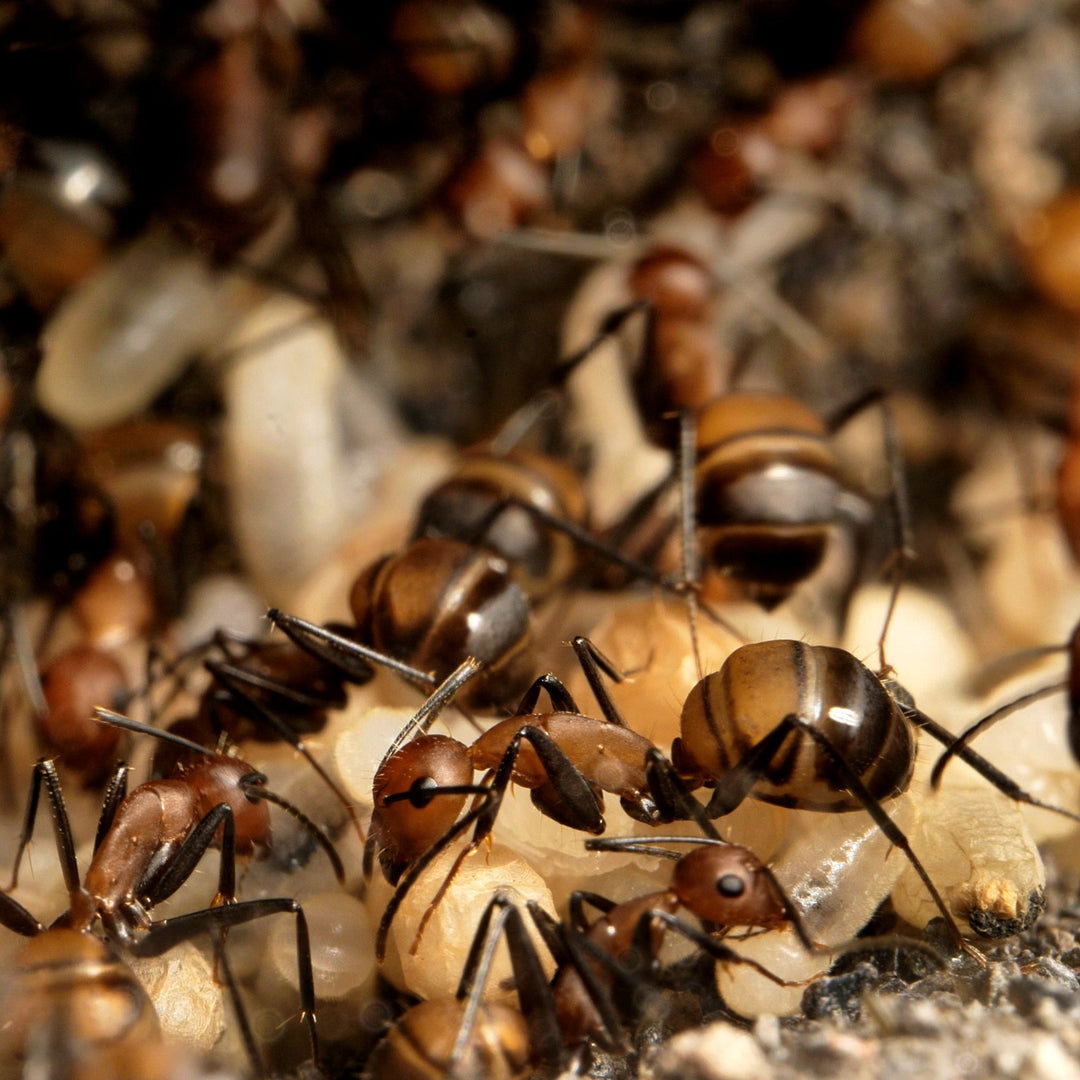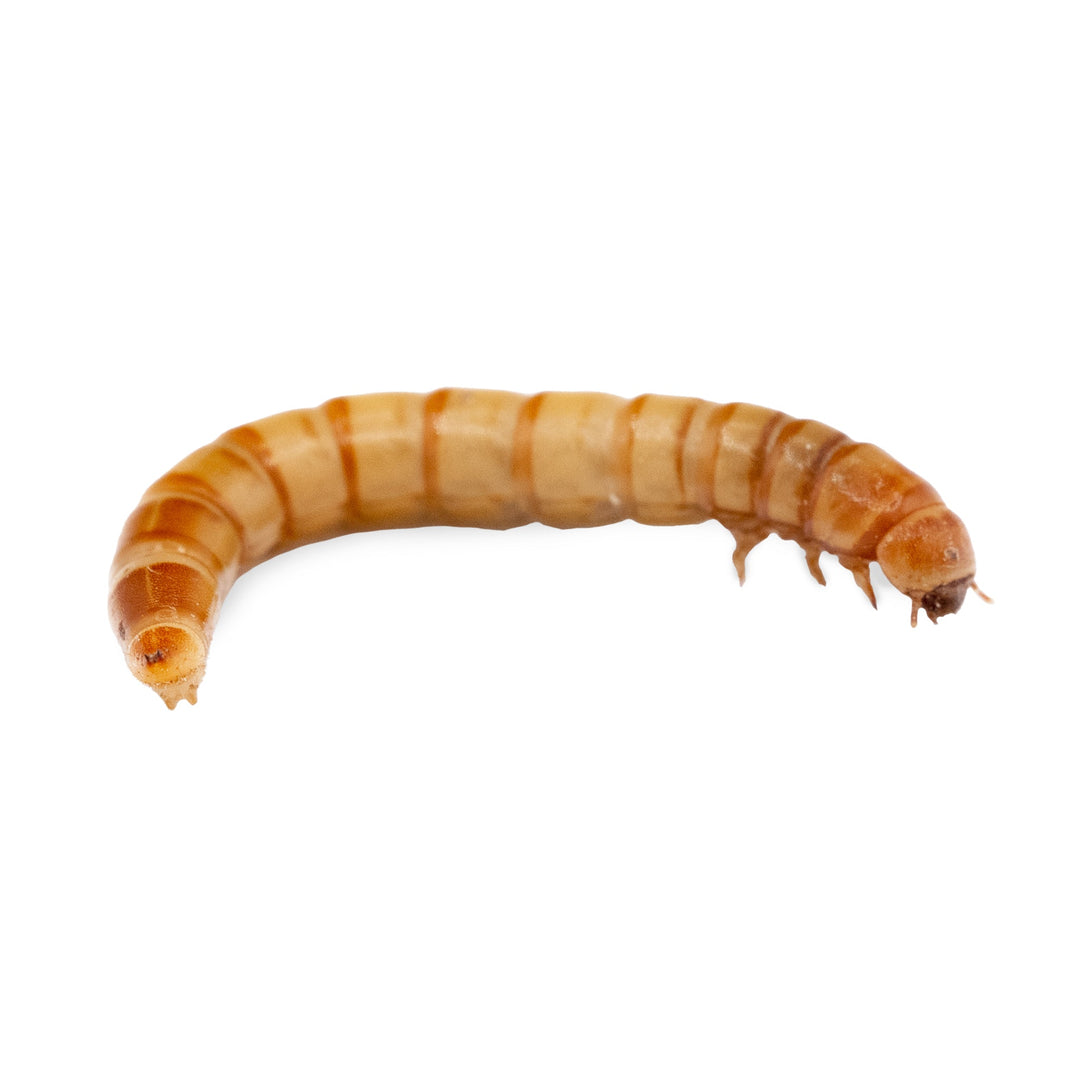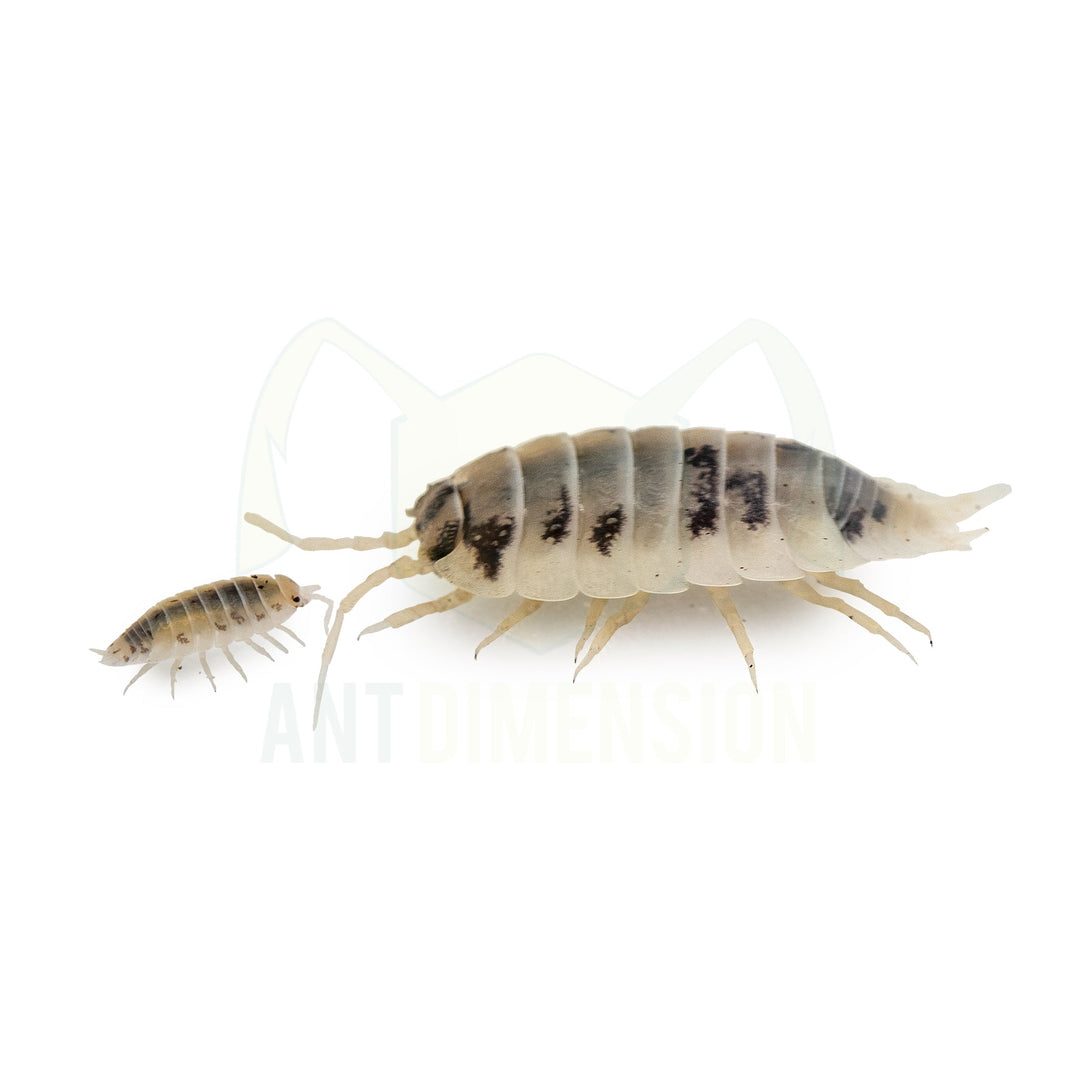Learn to Raise a Queen Ant in its Beginnings
INTRODUCTION
Despite the hard efforts of the community of ant keepers and influencers, many queens continue to die in their early stages, usually due to misinformation or bad recommendation.
In my case, I receive messages daily about these cases. Queens or small colonies, introduced into enormous formicariums or fed with... well, you'd be surprised how creative some of them can be.
On the part of the content creator, I usually receive messages like "My queens do not lay eggs or eat them", "They are growing very slowly", "Workers do not stop dying", "The queen goes out to the outworld and acts strange" . And in most cases, the colony dies a few days later.
From the store I receive comments such as "What can I do to make them feel more comfortable?", "I have moved them to a formicarium that is too big... What do I do?", "My queen ant has arrived, what do I give her to eat?". I understand that in this case there are a greater number of questions, it is one of the reasons for putting so much effort into creating a community of the store itself, anticipating problems.
In this little post, I will tell you about the care that the queen must have from mating to her first workers, in more detail after speaking with various myrmecologists.
But it is important to know a bit of theory to achieve this, since information is power.
FOUNDATION OF A COLONY AND ITS GROWTH
THE FOUNDATION
When a queen is fertilized by one or more males, they release their wings from the sutures using their hind and middle legs. Over the next few weeks, the wing muscles are metabolized into eggs, as well as food to rear the first batch of larvae. Nutrients can be packaged in trophic eggs (eggs that cannot develop but are used exclusively for food), specialized salivary secretions, or both.
The conversion of body tissues into food for the larvae was a vital evolutionary advance in the Formicidae. Wheeler suggested that the semi-cloustral foundation (where the queen still leaves the nest to obtain part of the food) is the primitive state and the fully claustral foundation arose from it.
This is very important, because the feeding or not feeding of our queen will depend on its type of foundation. In the case of Spain, most of the species are completely claustral, so they do not need to be fed if they do not have workers, doing so can cause stress to the ant that could lead to the aforementioned problems.
THE EXPONENTIAL GROWTH
The first workers produced by the queen are usually "nanitics", that is, smaller minimalist forms than the smallest workers from older colonies of the same species.
Some characteristics that these nanitics present are:
- Shy in demeanor, but perform the same tasks as older workers.
- In some species with venom, these may have different compositions.
- In polymorphic species, nurses possess the basic anatomical structure of a minor caste.
- Major workers do not usually appear, and when they do, they are usually smaller on average.
Nanitics are a universal phenomenon in ants, appearing in both "evolutionarily advanced ants" and primitive species such as Myrmecia.
Nanitics are vital to the queen's survival, and you must ensure their proper maintenance if you want the colony to succeed. Well, these little workers will be in charge of raising the second generation of workers, since the queen has run out of strength, so if they die, the probability that the queen will die is very high.
In addition to this, it is believed that there is a relationship between the probability of survival, the number of workers in the first batch and their average weight. The investigations showed that a very low weight of the workers together with an approximate number of 10 workers had the highest survival rate.
As long as nanitics exist, we must be careful with the food we provide, since these are energetically more expensive to maintain and will avoid conflicts or situations that they detect as risky.
Therefore, in a claustral colony with nurses we will feed one drop a week of water with sugar or Sunburst for carbohydrates (energy) and a SMALL piece of dead insect without movement or previously frozen once a week in case larvae are found. in the colony and otherwise every 2-3 weeks.
In the case of semi-claustral colonies WITHOUT nurses, we will provide once a week a little sugar water or Sunburst together with a small piece of insect the size of the queen or less. Once the nurses come out, we will maintain the routine until we see that they demand more resources by foraging more, since they are usually prone to mites.
THE CARE OF THE LARVAE
The workers of the colony are present during all the stages of the offspring to take care of it, both eggs, larvae and pupae. Workers are engaged in licking and carrying offspring, placing larvae on prey, assisting larvae in molting, covering larvae with soil to facilitate cocoon spinning, assisting in the removal of meconium at the beginning of pupation, and removing the cocoon after hatching.
All this requires that the colony be in good condition (available space, humidity, water, carbohydrates, proteins, stress...), it is what we, the keepers, must take care of.
CONCLUSION
We have seen two types of foundation on which we will base the initial care of our queen ant:
- Totally claustral: It should not be fed, since it has all the necessary nutrients to support the first generation of workers. It is important that they always have a source of pure water. In addition to this, they usually live in very small and totally closed spaces, so their space must be very small even if they have nanitics.
- Semi Claustral: It does not usually have all the necessary nutrients, and we must provide them in a small outworld, both carbohydrates (sugar water or Sunburst), and proteins (small insects the size of the queen or less). It is important that they always have a source of pure water.
We have also seen the importance of the nanitics for the total survival of the small colony, and we must take care of them as best as possible, reducing their stress levels, that is to say: fair space, not looking at them every day (we recommend once every 1 or 2 weeks and without applying light or vibrations).
And finally, the conditions for the correct development of the offspring is very important, we must monitor the levels of humidity, temperature and water.
At Ant Dimension we know how complicated it can be sometimes, mainly caused by test tubes, that's why we created the Colony Starter Kit. It is a formicarium with a small outworld designed for solitary queens and small colonies, both claustral and semi-claustral, with a humidity system that allows the ants to drink and anti-vibration systems for stress.
If you have any questions, you can join our community of hundreds of keepers by clicking here, we will help you.



